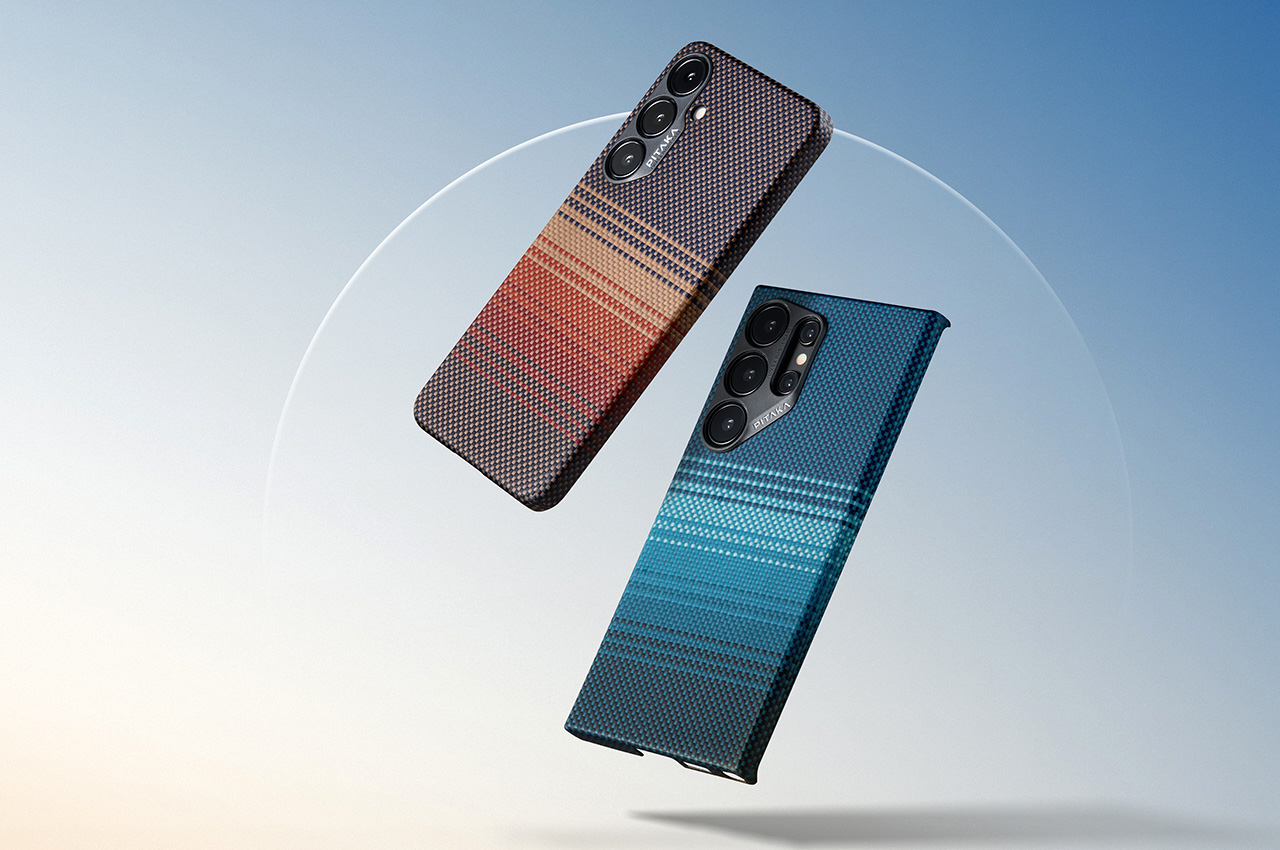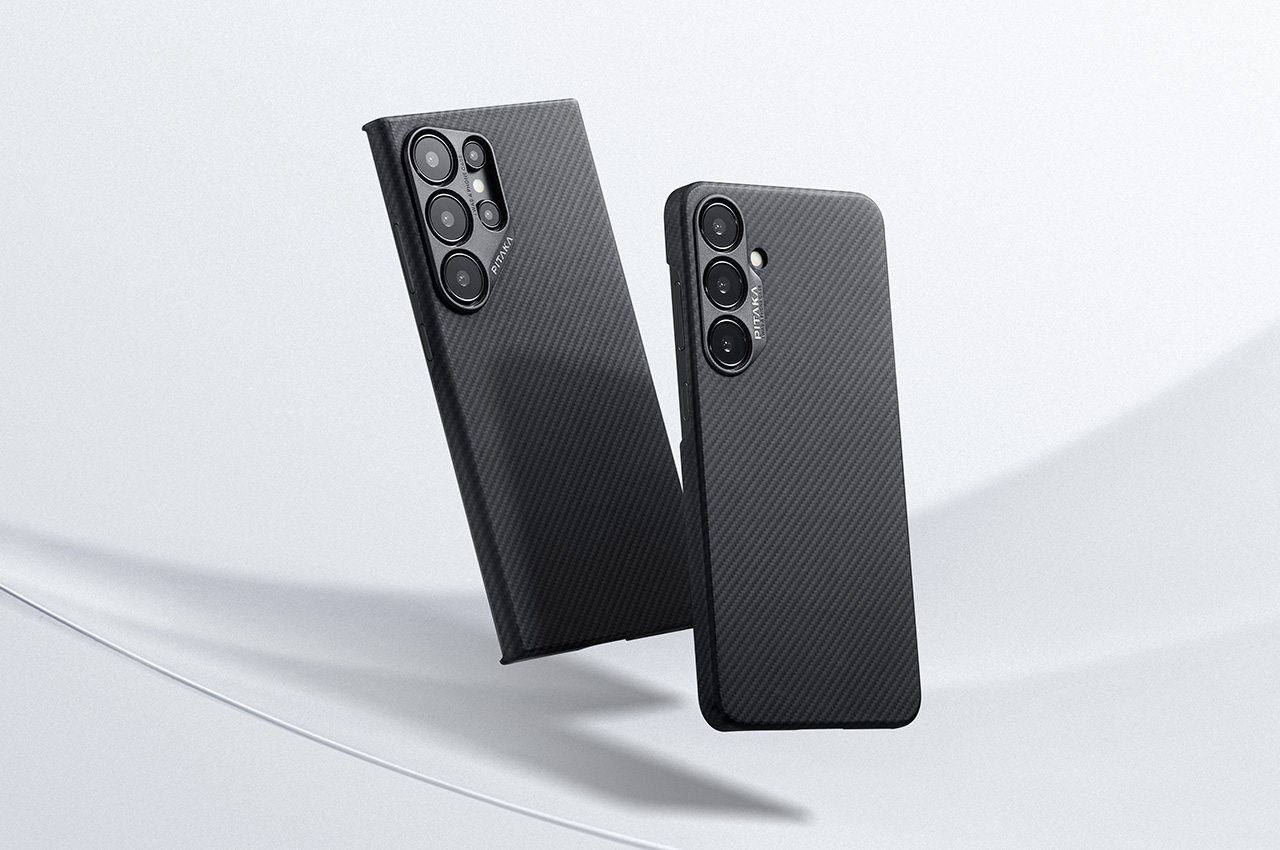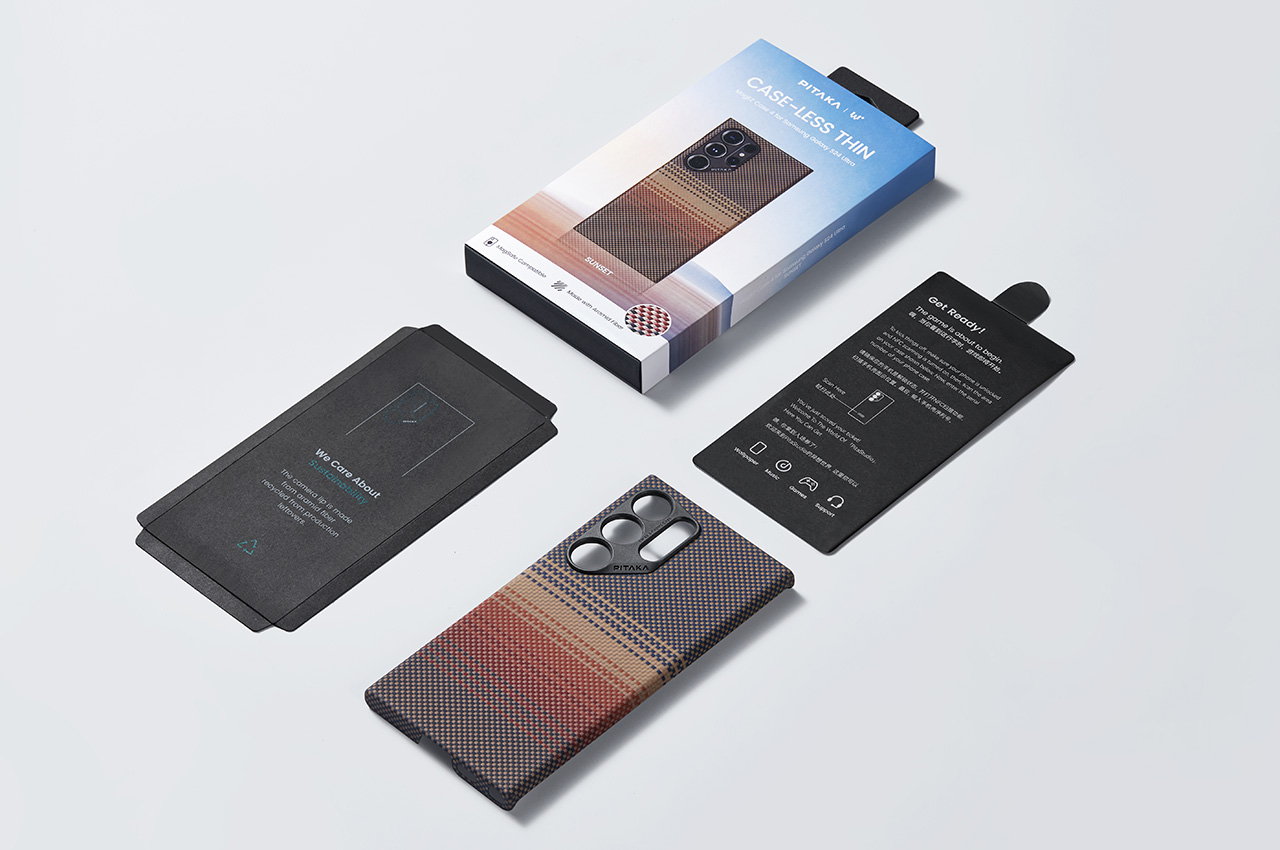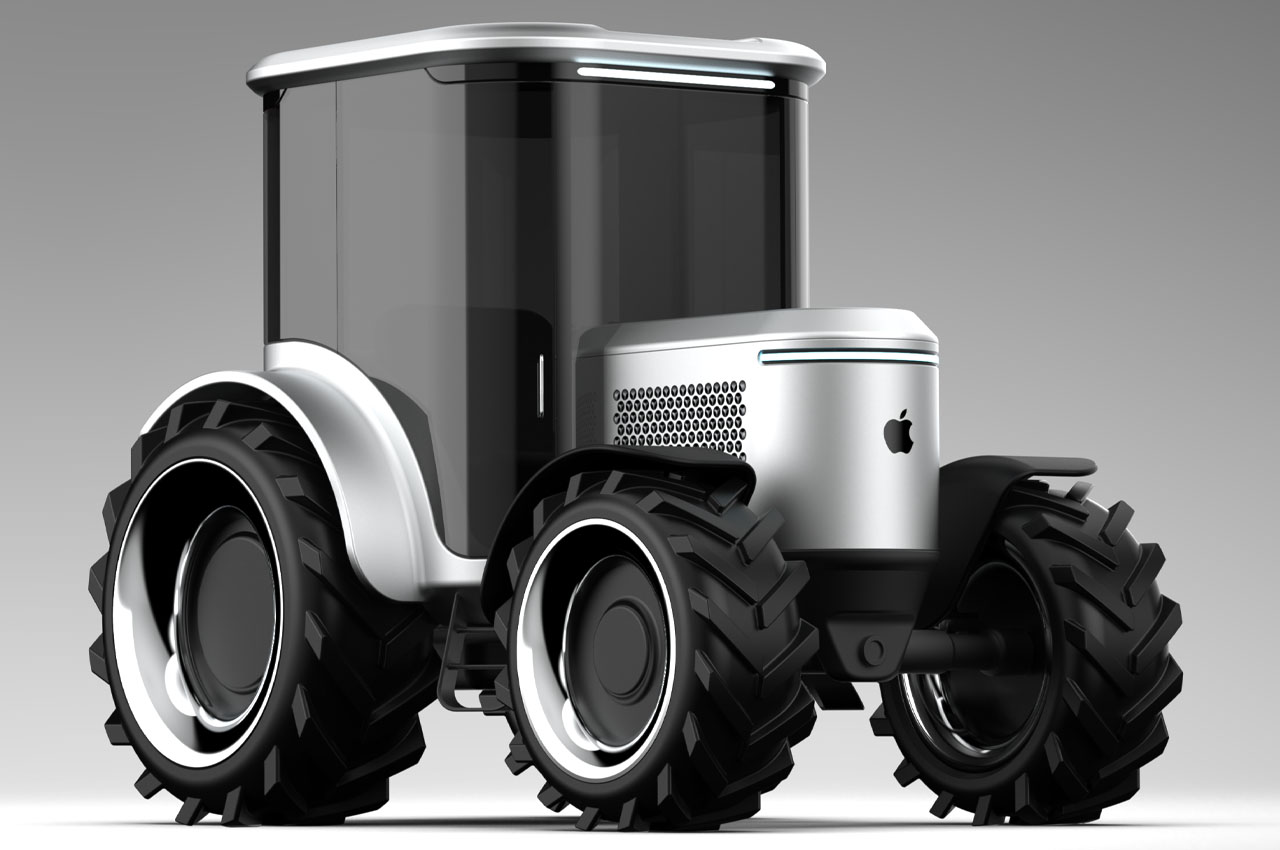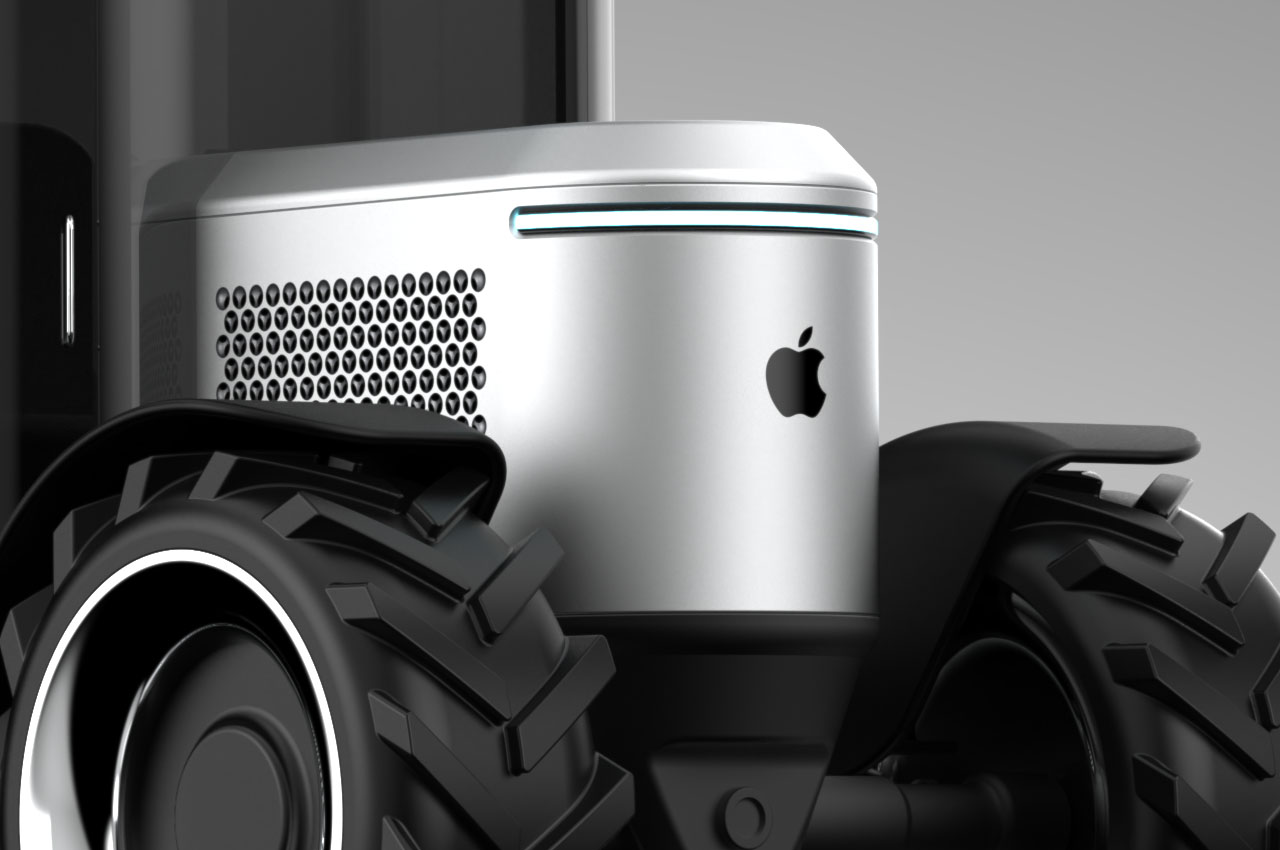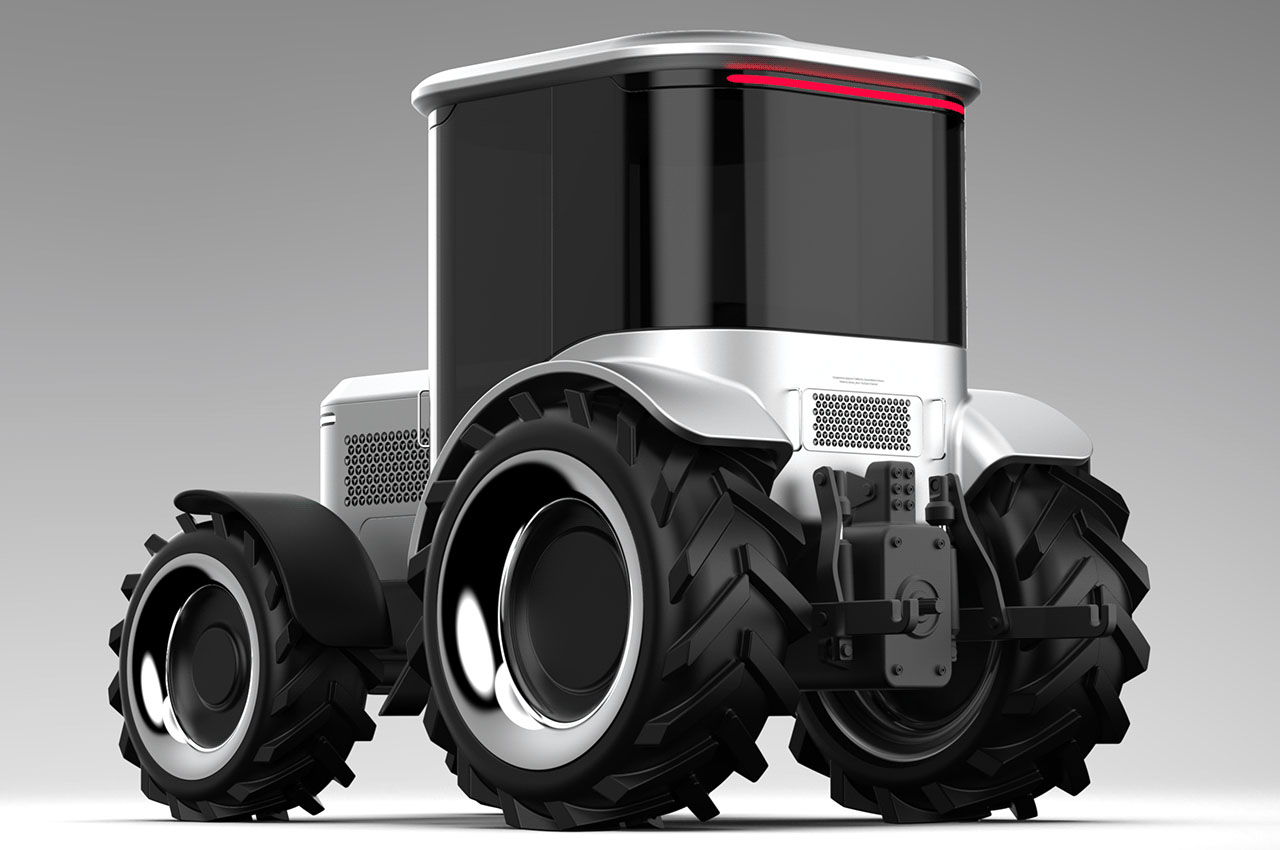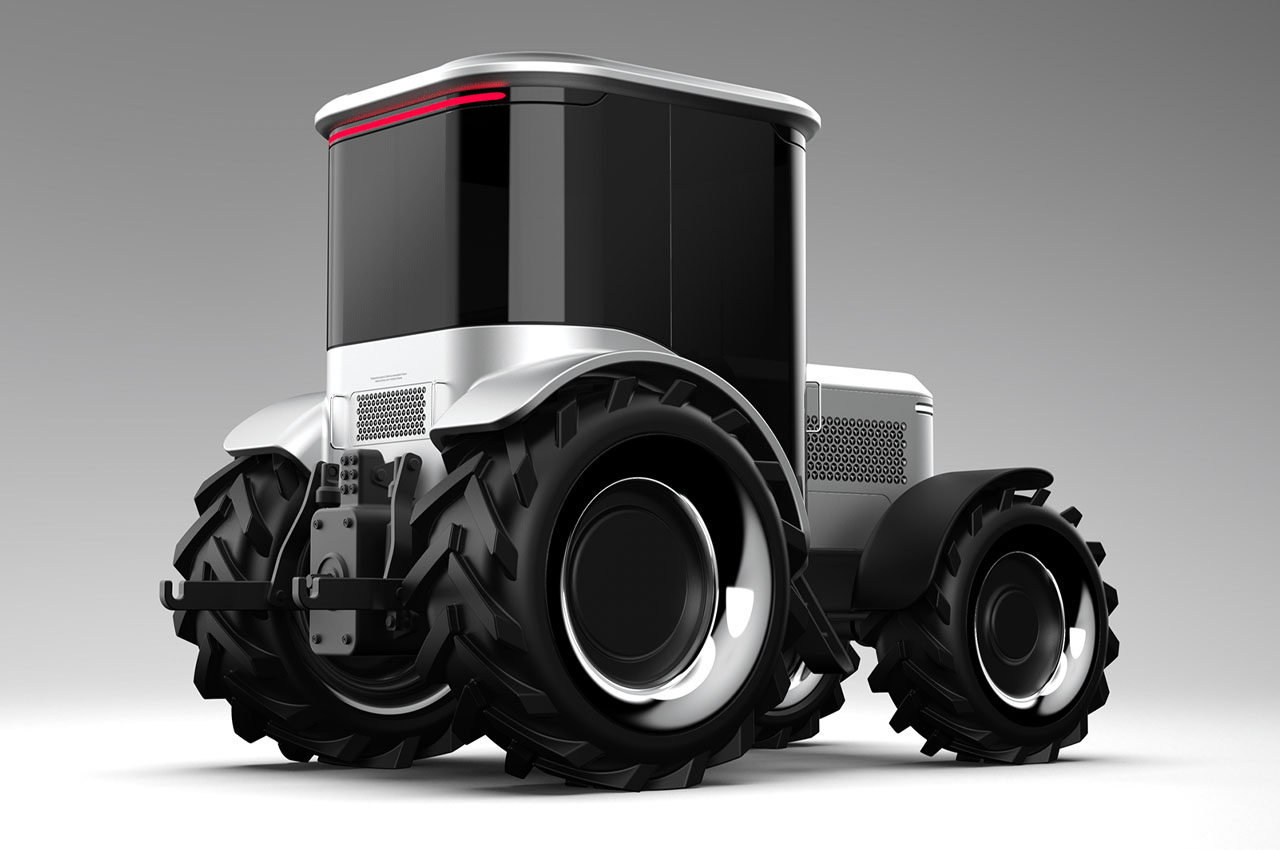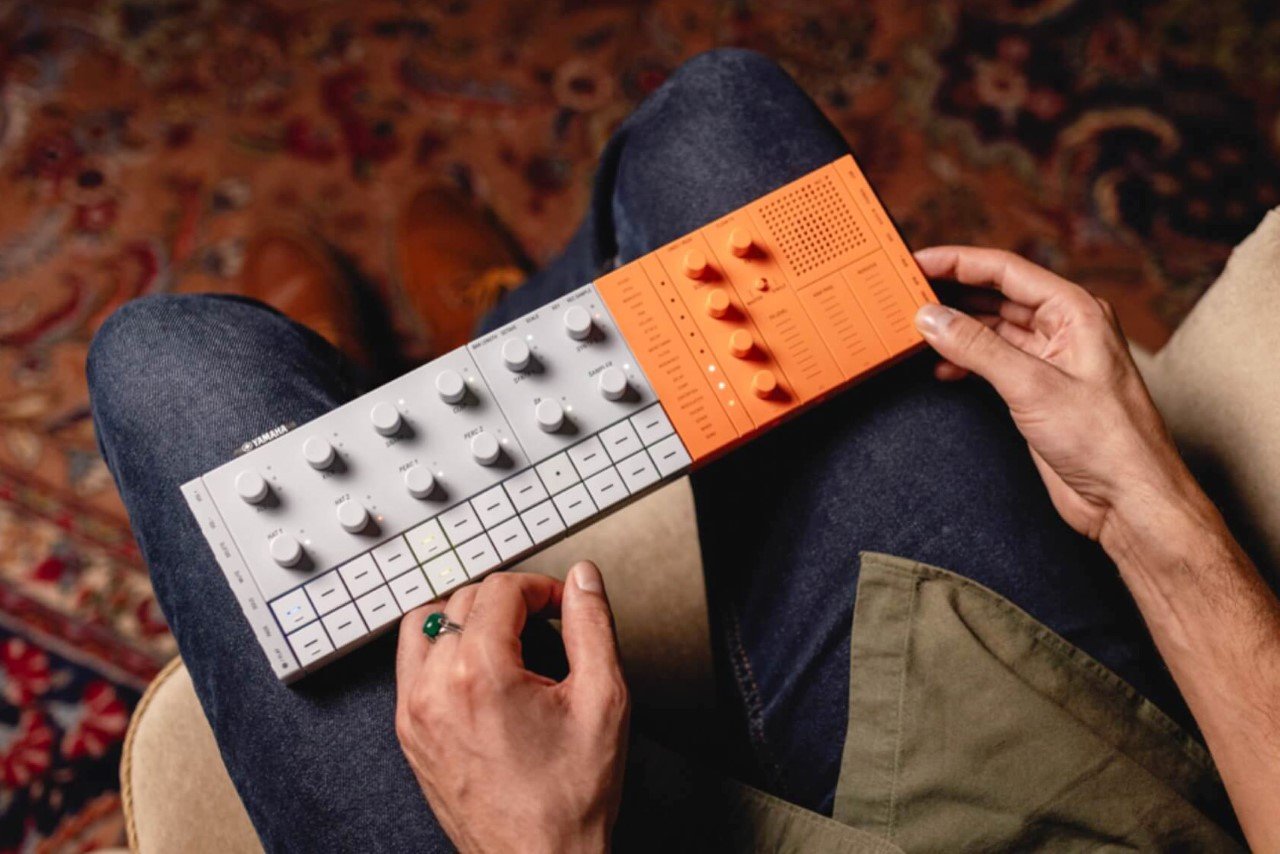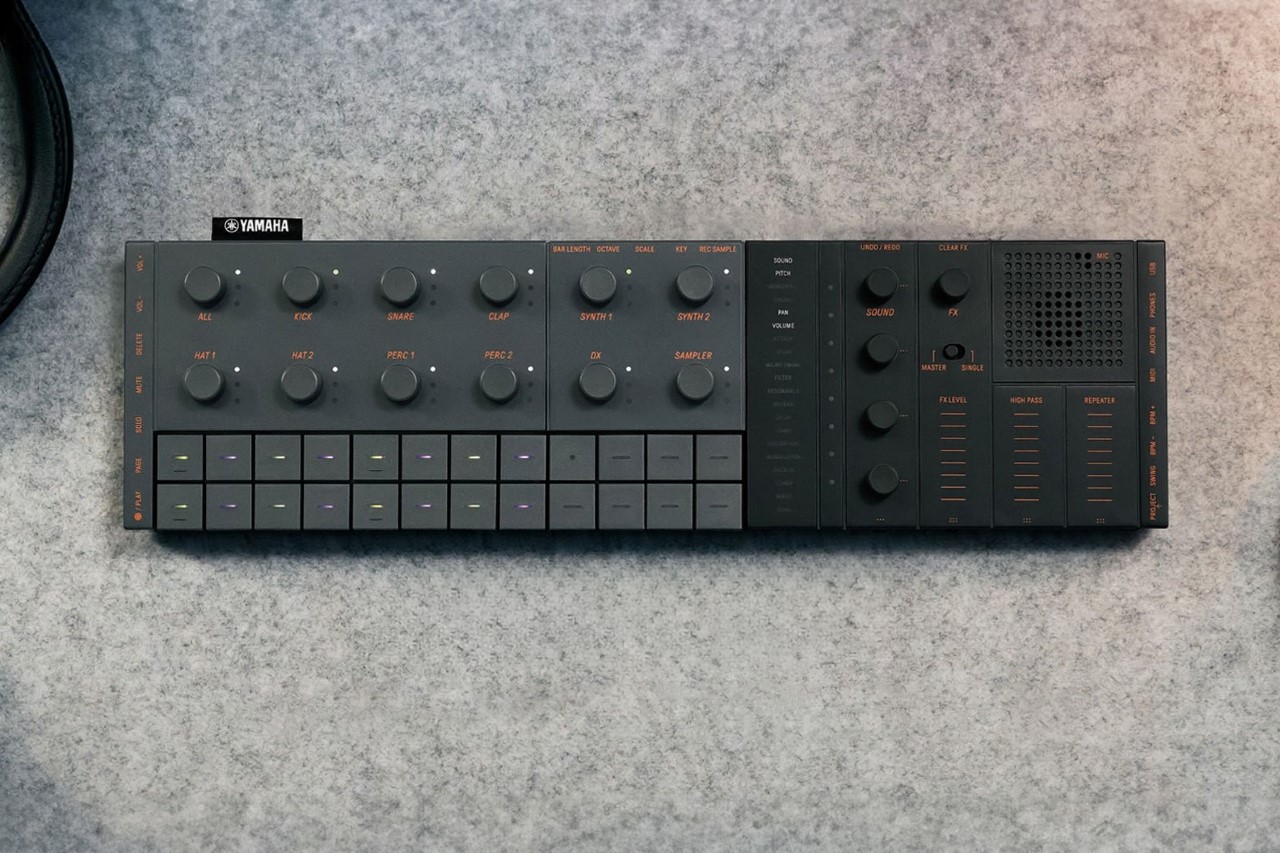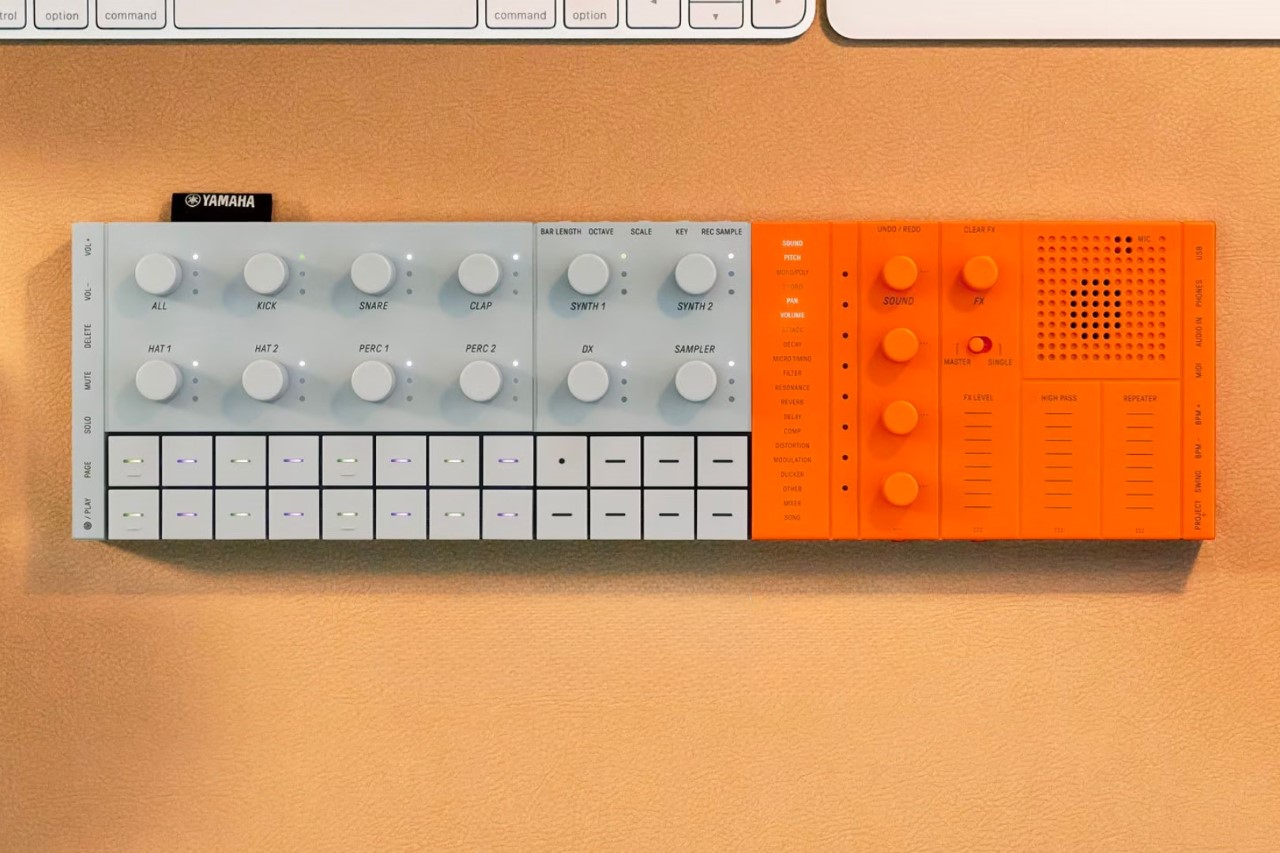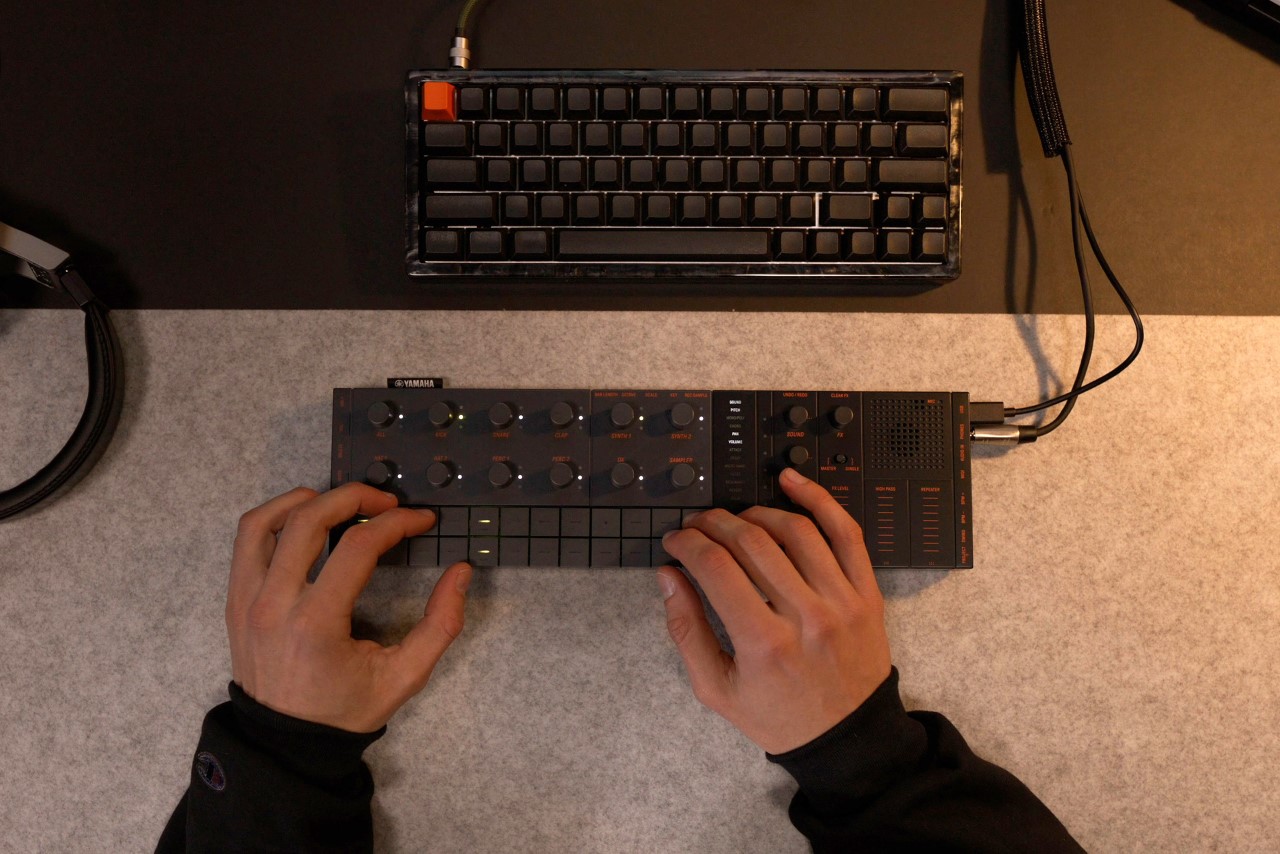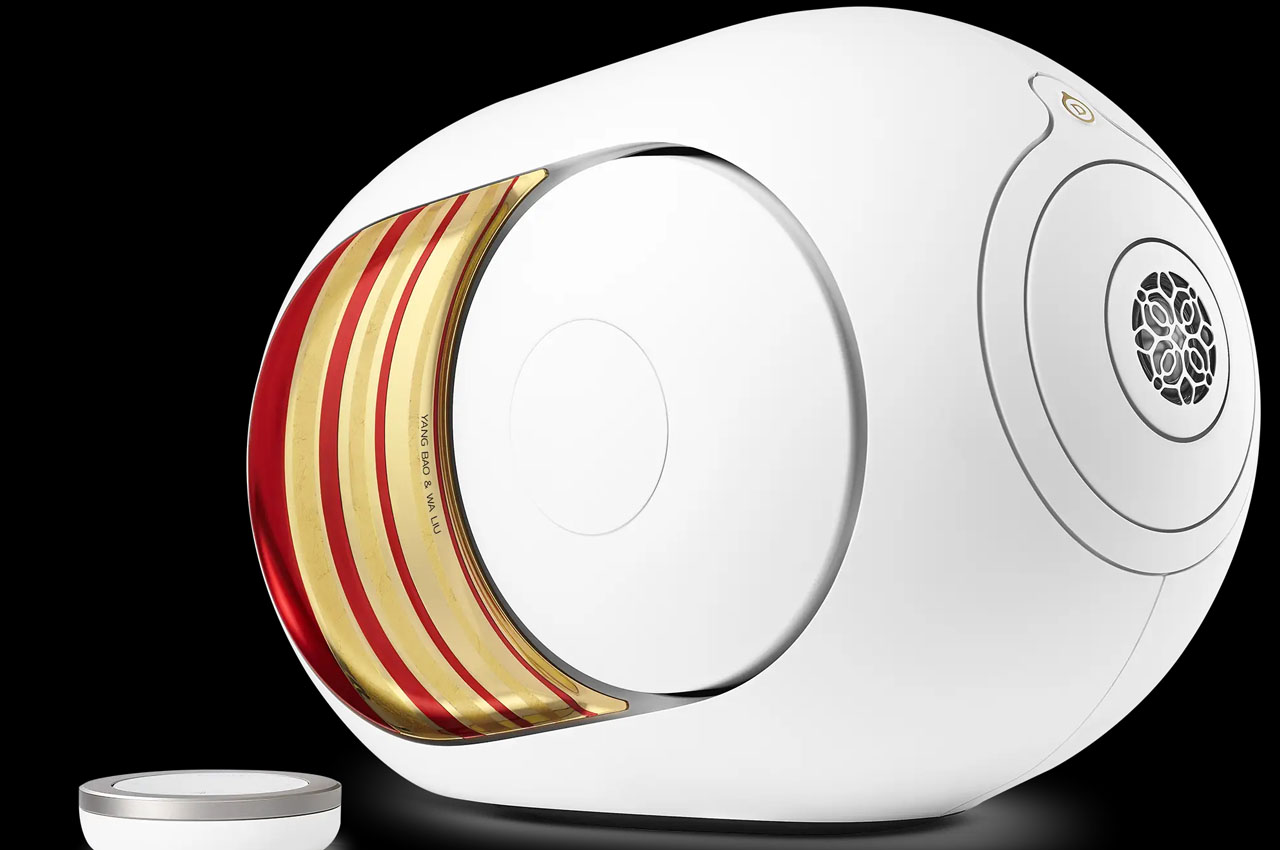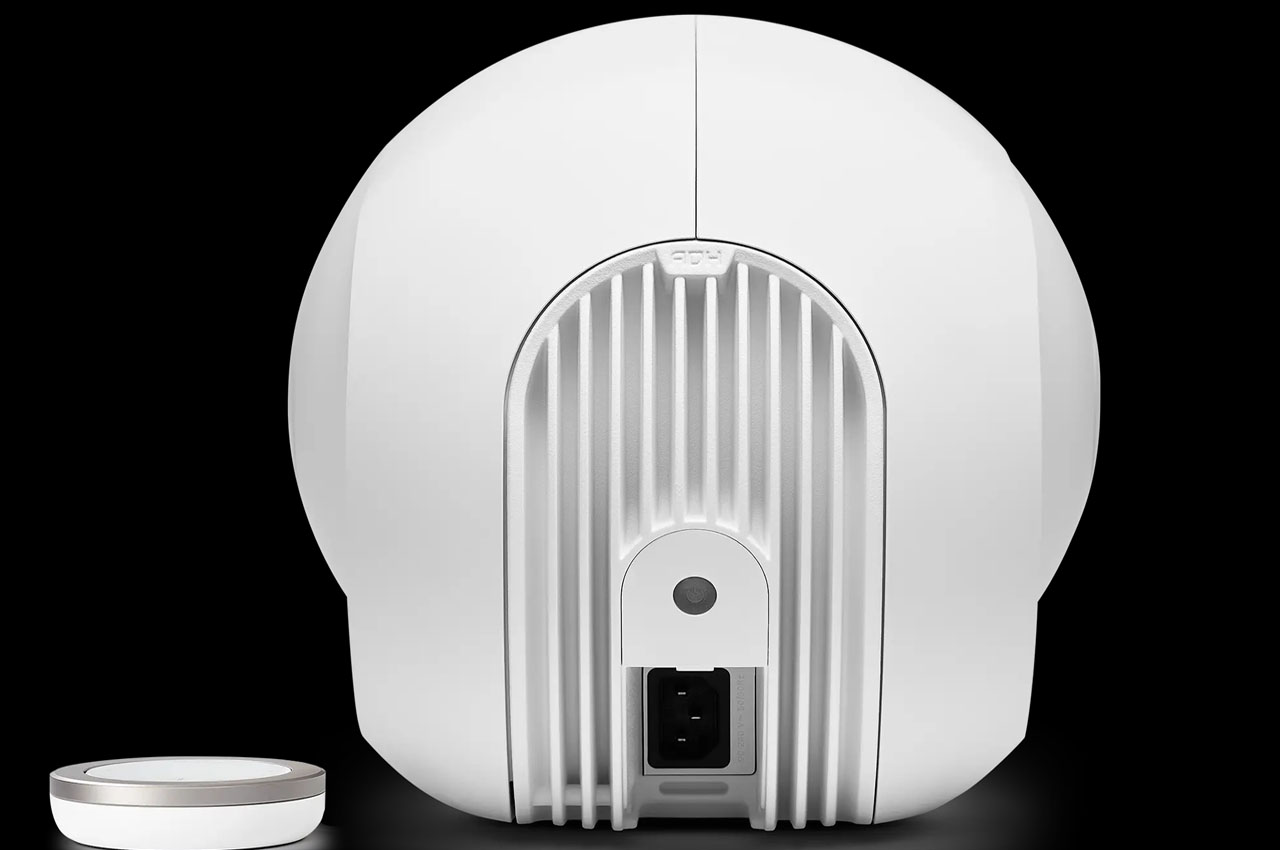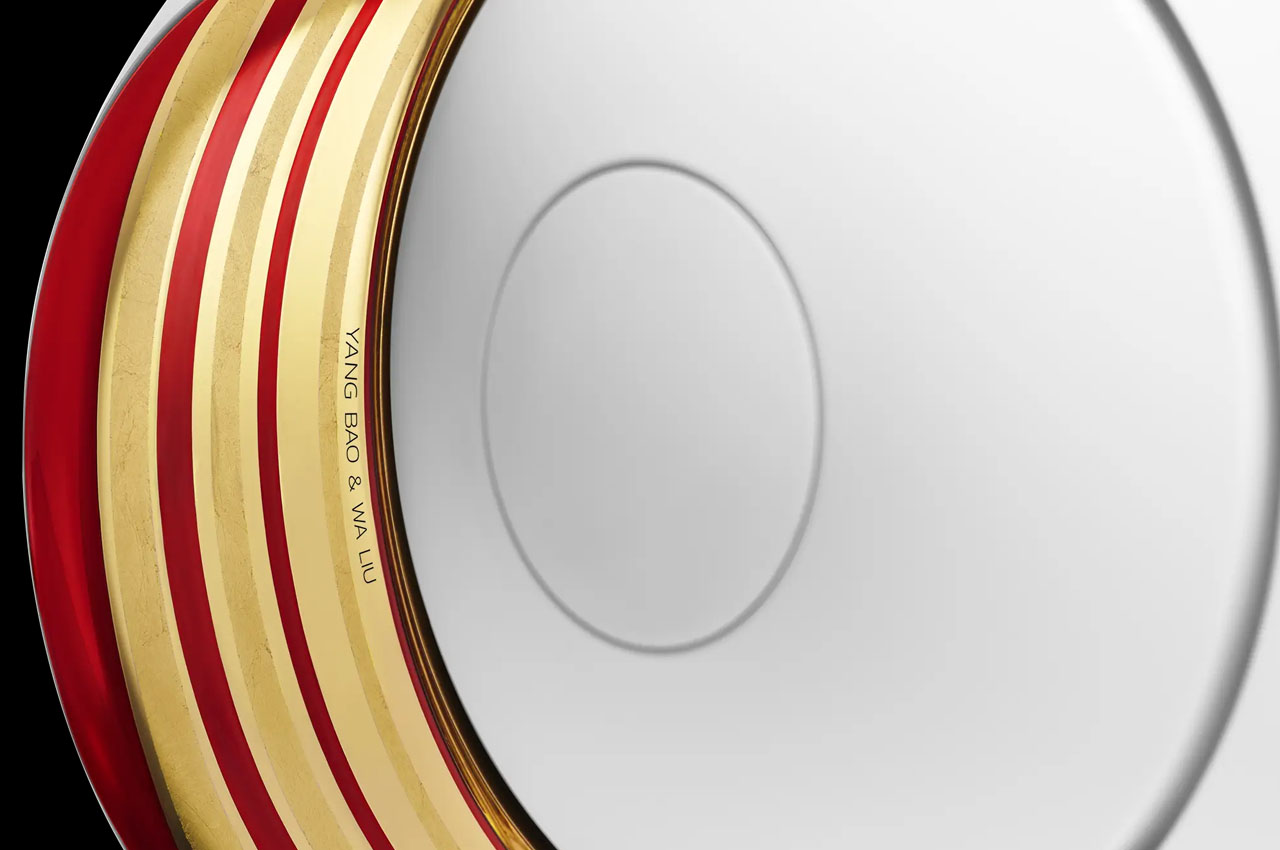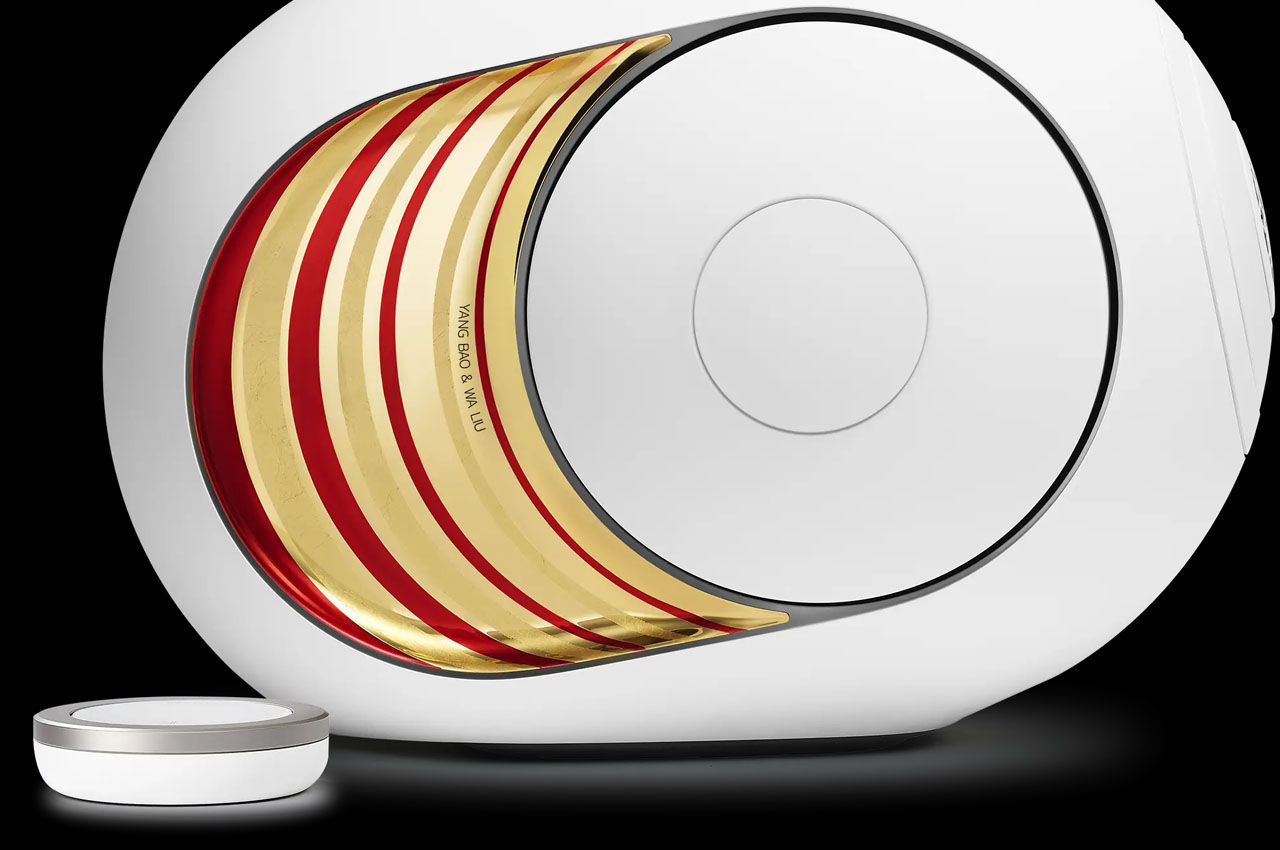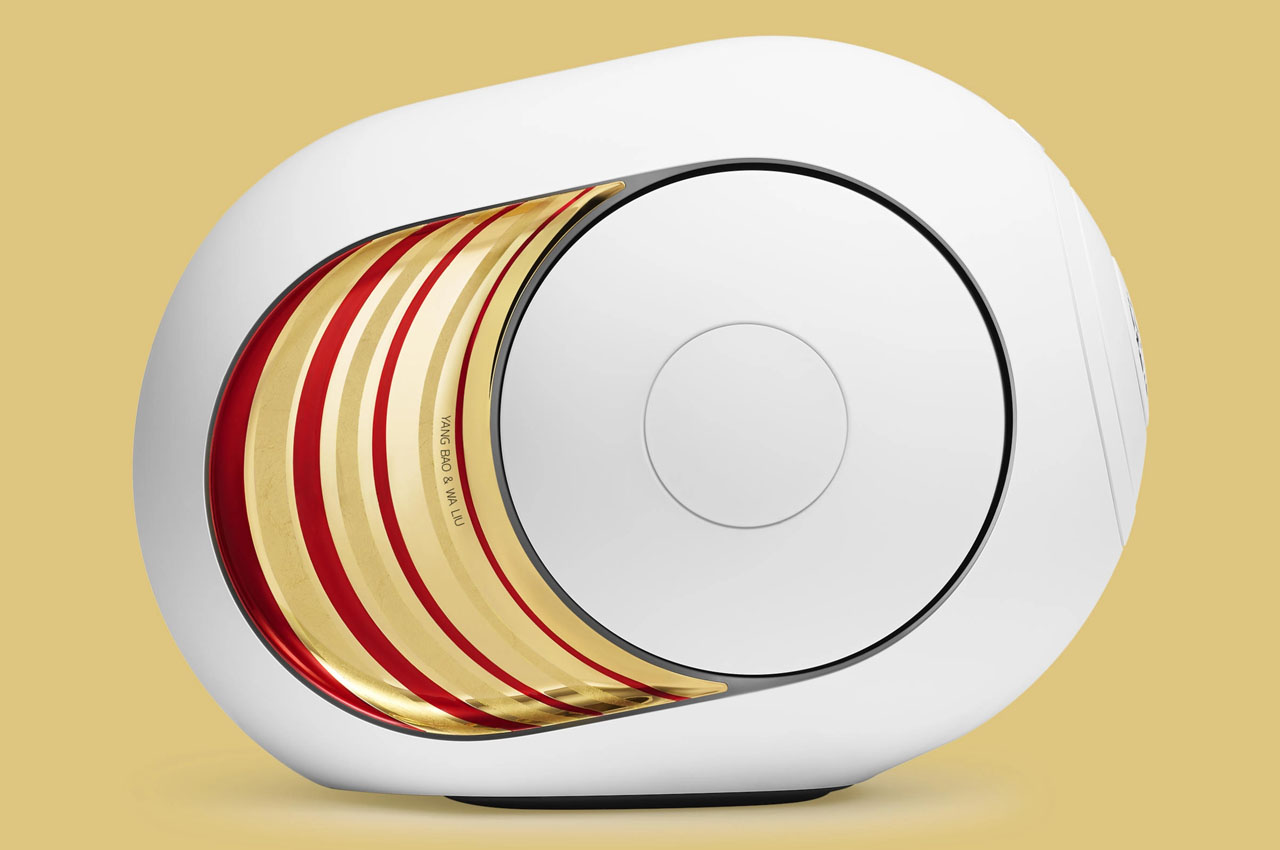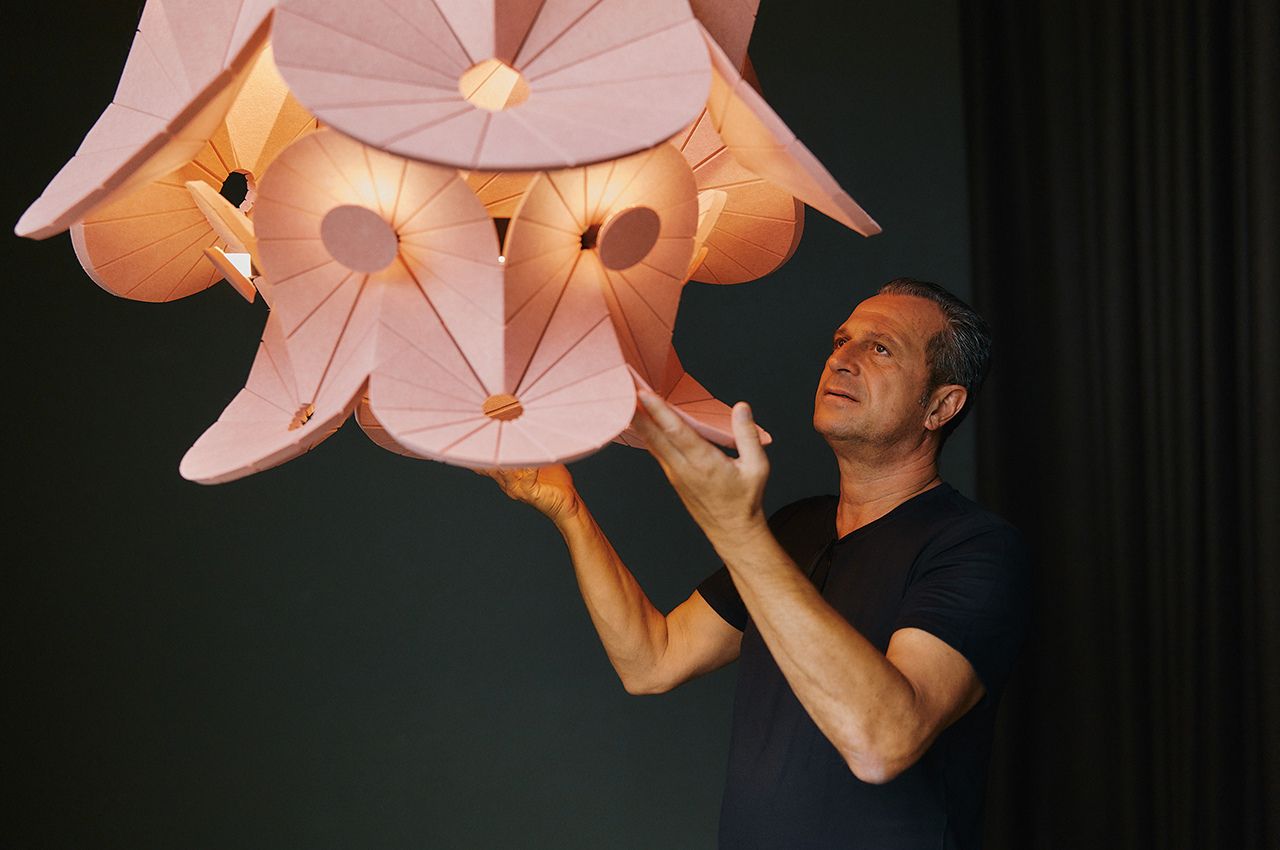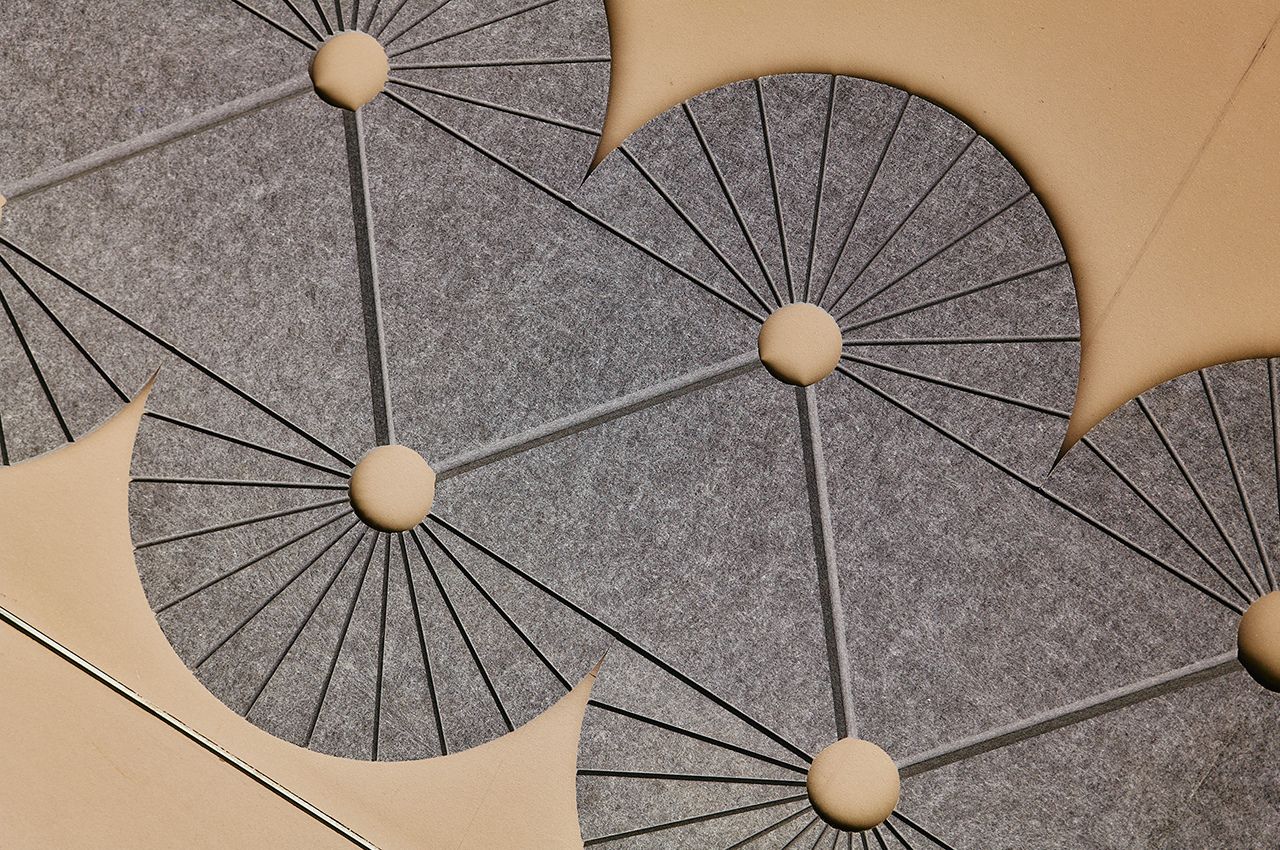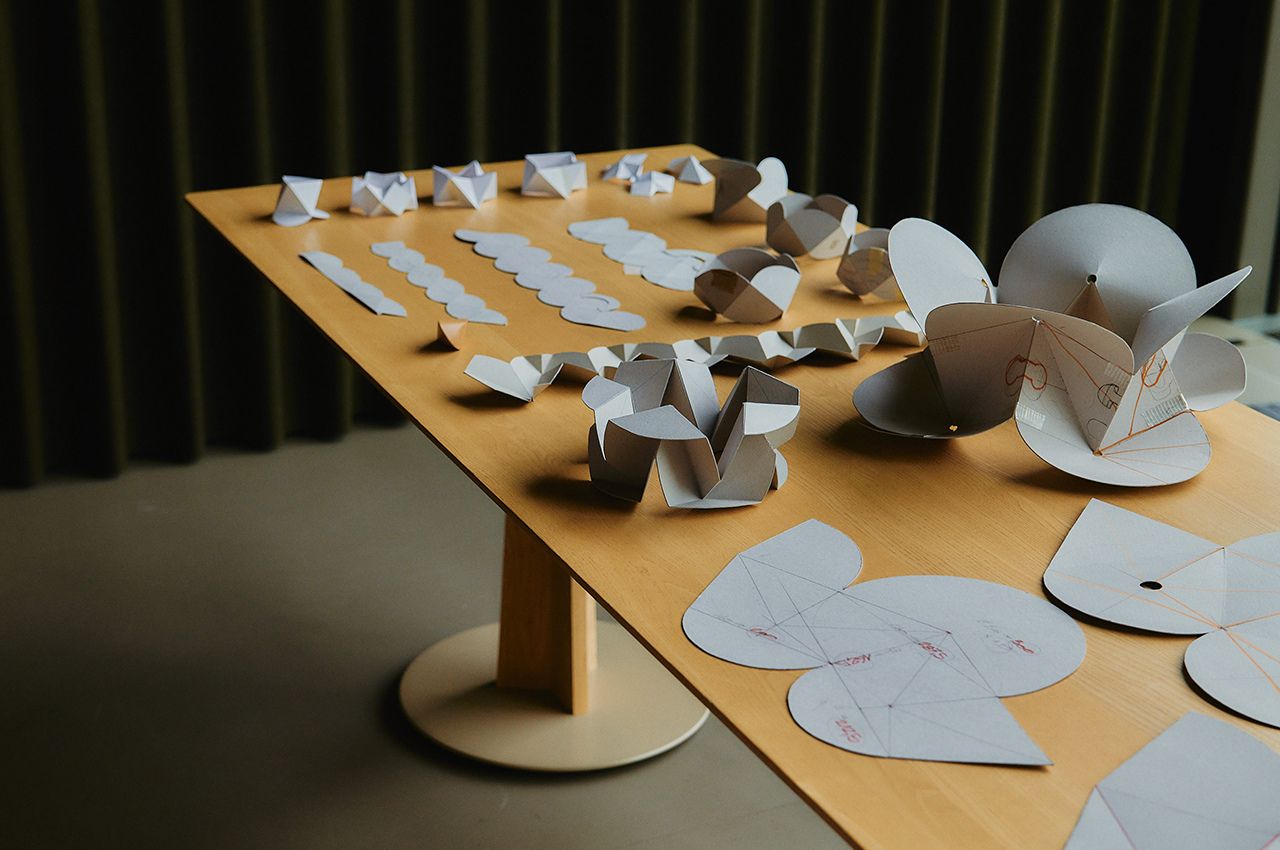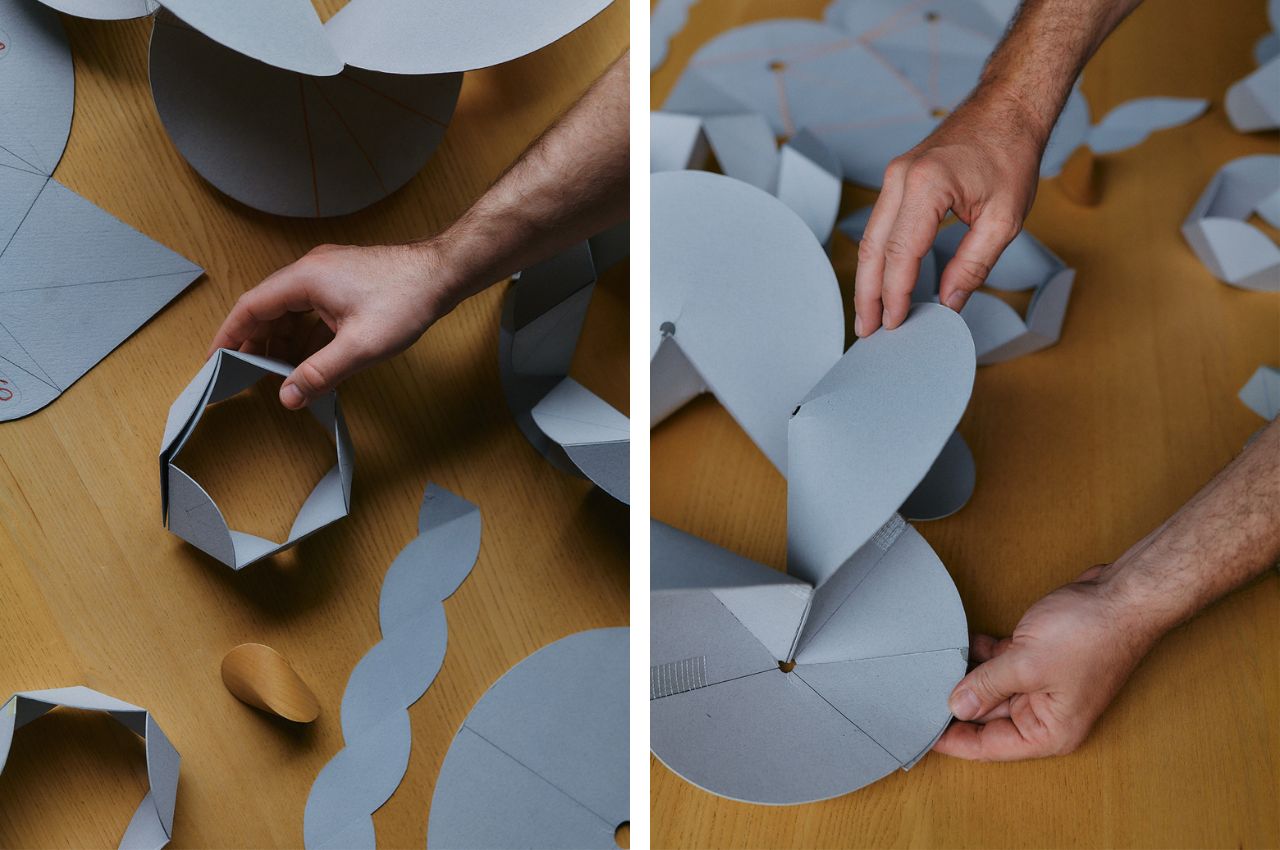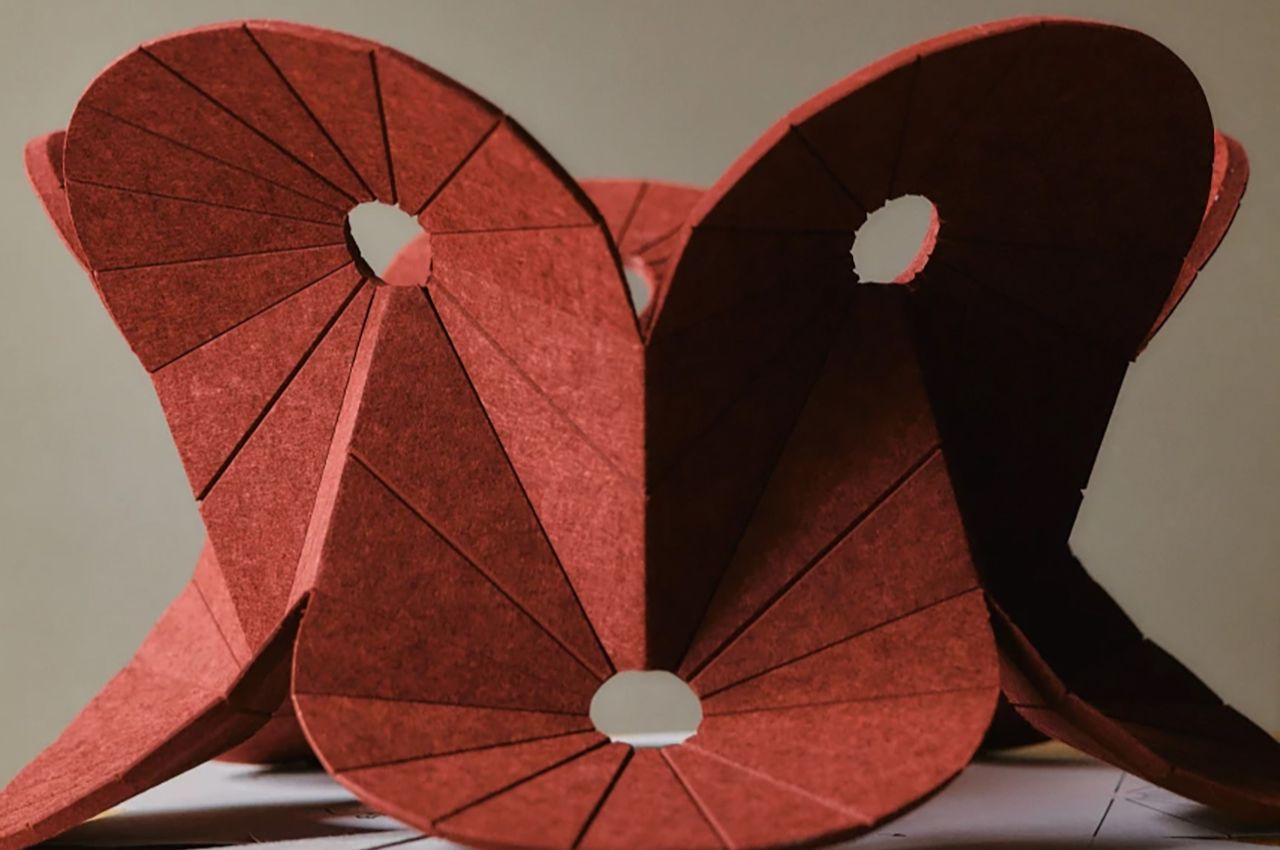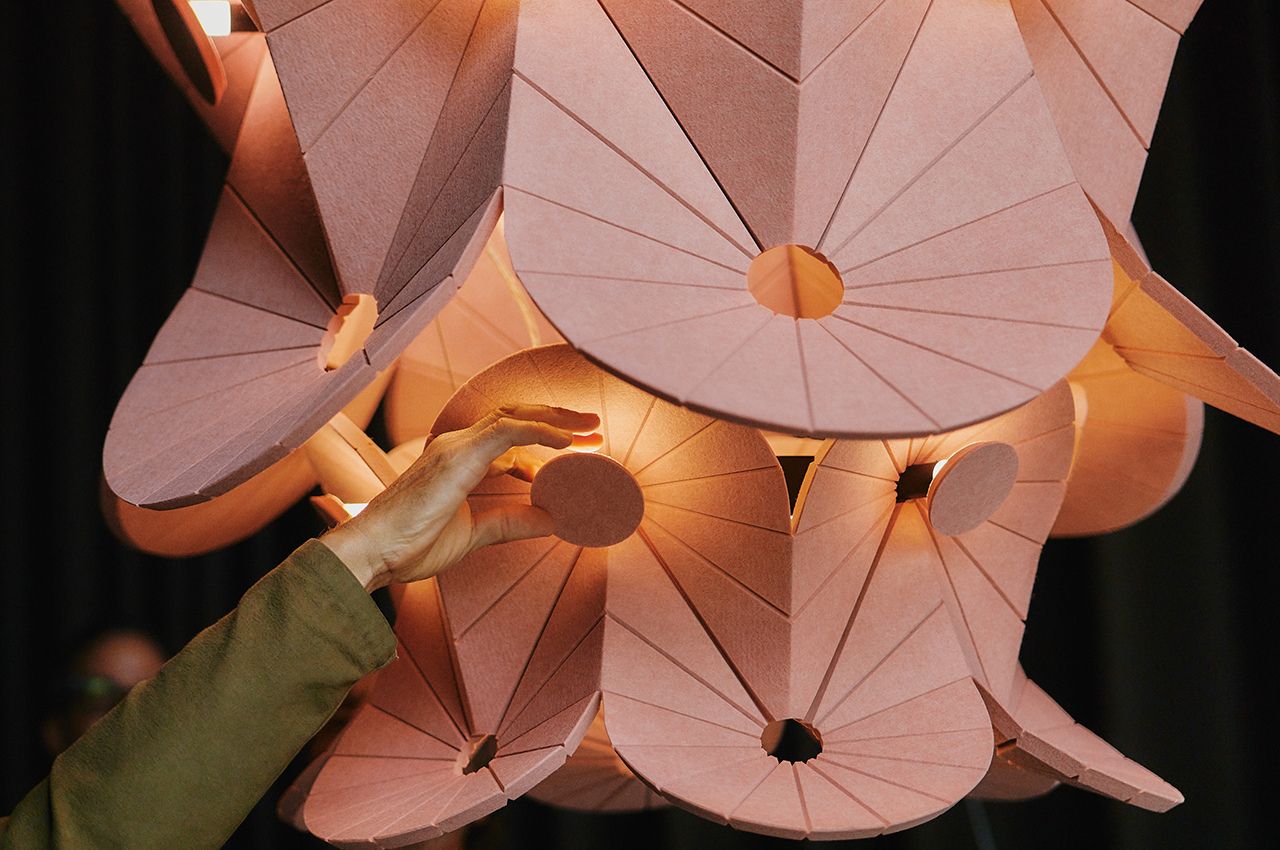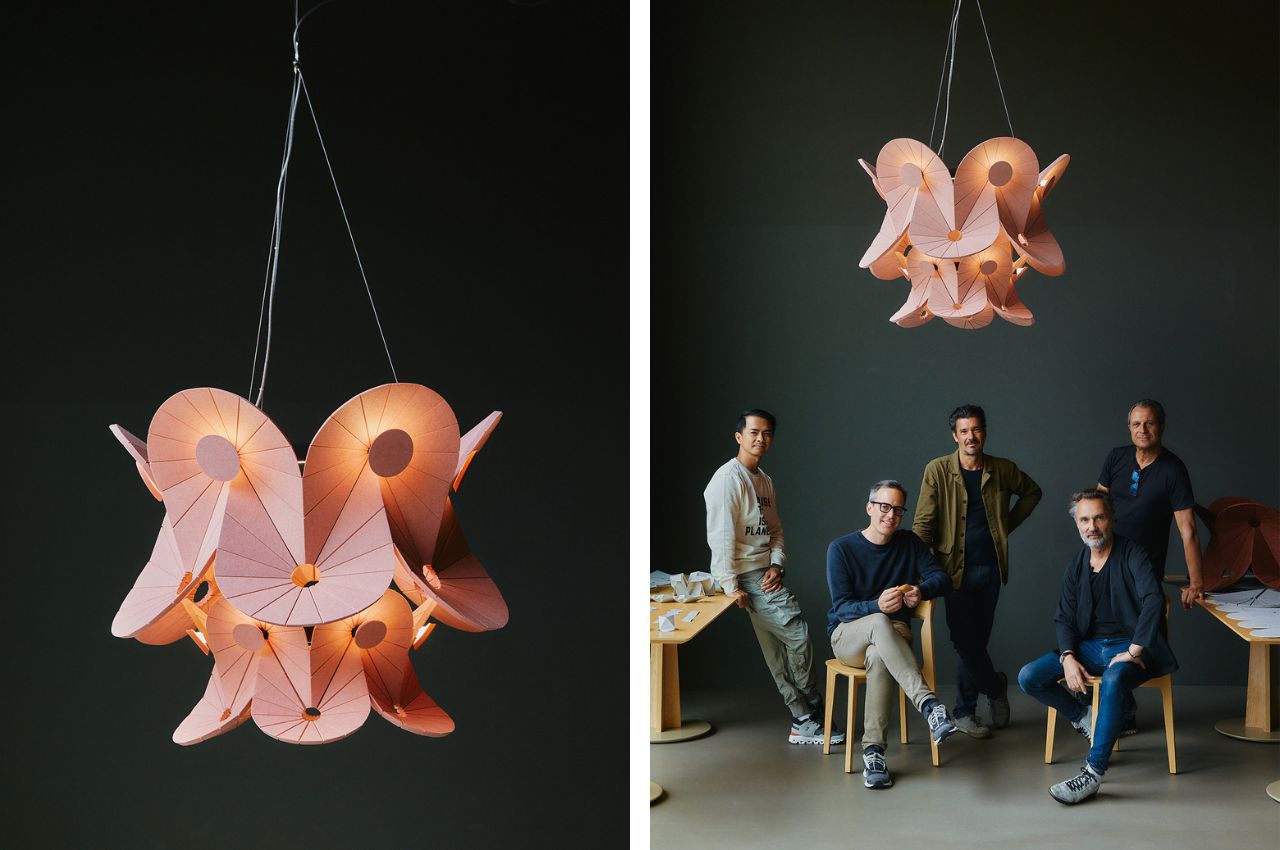Following Apple's announcement of enabling third-party app stores for iOS users in the European Union, Epic Games confirms that it'll be bringing Fortnite back to the iPhone and iPad in Europe later this year — by way of a new Epic mobile games store. This will mark the title's official return to Apple's platform since it was yanked back in August 2020, after Epic offered discounts to payments made directly to its own store, instead of Apple's App Store and Google Play which would take a 30-percent cut. iOS users have had to rely on Xbox Cloud Gaming or GeForce Now to play Fortnite, but this will soon be a thing of the past for those based in Europe.
Fortnite's grand return to iOS in Europe is all thanks to the EU's new Digital Markets Act, which goes into effect March 7. This allows developers to take payments and distribute apps from outside of the App Store, pending Apple's new "Notarization" approval process to spot harmful apps. Apple is also introducing a new fee structure that claims to cost less, if not the same, for most developers who publish to European markets.
Fortnite will return to iOS in Europe in 2024, distributed by the upcoming @EpicGames Store for iOS. Stay tuned for details as we figure out the regulatory timeline. We'll continue to argue to the courts and regulators that Apple is breaking the law. https://t.co/MHh6EGVinC
— Epic Games Newsroom (@EpicNewsroom) January 25, 2024
Even though the upcoming changes will allow Epic Games to make money off iOS users once again (at least in Europe), founder and CEO Tim Sweeney called out Cupertino for the "new Junk Fees on downloads and new Apple taxes on payments they don't process." The exec later spotted more "hot garbage" in the details, particularly the terms related to requesting an entitlement from Apple. "Under what possible theory of antitrust regulation is it acceptable for a monopoly to decide what companies are allowed to compete with it, and on what terms they can compete? Apple makes a mockery of free market competition," Sweeney said in a post on X. The infuriated tone here comes as no surprise, especially after the US Supreme Court rejected Epic's appeal that Apple violated federal antitrust laws earlier this month.
This article originally appeared on Engadget at https://www.engadget.com/epic-games-confirms-fortnite-is-coming-back-to-ios-in-europe-this-year-040818909.html?src=rss